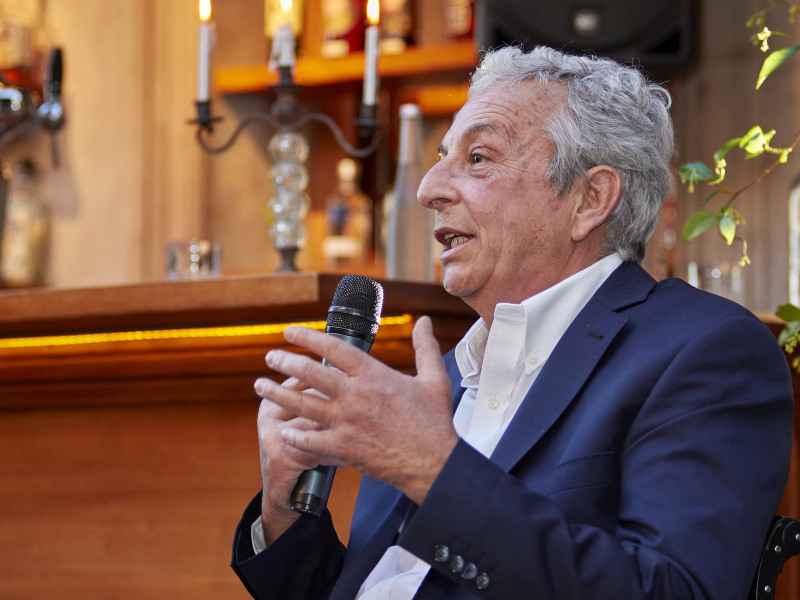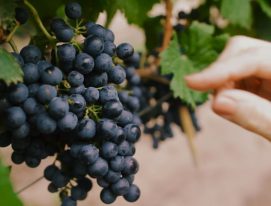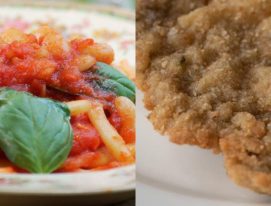Over 30 years ago, when no one was yet talking about terroirs or places of origin in Argentina, a group of producers in Luján de Cuyo created the first Denomination of Controlled Origin (DOC) in Argentina, and across the Americas, with a special focus on Malbec. Today, these “guardians” continue to preserve the identity of the department and iconic national grape with renewed spirit and vision.
One of them is Roberto de la Mota, who today is the President of the DOC Luján de Cuyo Council. Roberto de la Mota is continuing a legacy begun by his father Don Raúl in partnership with several other figures, and has led a long career in the Argentine wine industry in his own right, one that has seen him spend time at Cavas de Weinert, Terrazas de los Andes and Cheval des Andes. He is currently at the helm of Revancha, a personal project, and Mendel Wines, one of the wineries that joined the DOC in 2020.
In the month of Malbec, we talked to Roberto de la Mota about his work at the DOC, the country’s iconic grape, and more.
Interview with Roberto de la Mota

What is the outlook for Malbec following the 2023 harvest?
It’s been a year that you might describe as problematic due to all the weather issues we’ve had, but Malbec is a noble variety and in some areas it bounced back. Even the vineyards that weren’t affected by frosts or didn’t suffer from low temperatures have seen poor yields but with very good intensity, plenty of color, fruitiness and good balance. It’s still a little early, and harvesting is being brought forward a touch.
This is happening for two reasons: because of the low yields and the warm harvest season. But the interesting thing is that even though it’s warm, we’re being pleasantly surprised by the good acidity in the grapes. So the balance is very good. I think that it will be a poor harvest in terms of quantity but one of very good quality.
What are the DOC Luján de Cuyo’s plans for this year?
On the institutional side, we’re working to bring in more producers, and it’s going very well. There’s more and more interest. For example, right now we have three wineries going through the approval process.
In addition, we’re working on research in three different areas. With the wines, we’re carrying out a sensory analysis to properly characterize Malbec from Luján de Cuyo, working on different aromatic and taste components through the statistics we’ve gathered. The objective is to determine what distinctive qualities our Malbecs have in comparison with other areas.
Also, within the department, we’re looking to establish the differences between the different districts. We’ve organized a soil analysis by Guillermo Corona to characterize the terroir in each district to produce a new, modern map. In addition, we’re working in the vineyards to continue with our clonal selections to adapt them for different purposes.
Which of the districts or areas stand out the most today?
We’re working in different areas. With the new map we’ve made, which was approved at the end of 2022 by the National Institute of Viticulture (NIV), we created a new category within the DOC. What we’ve focused on is allowing some wines to have the name of their district on the label. That’s something new. So we’re going to have wines that come from the districts of Agrelo, Perdriel, Vistalba and almost certainly Las Compuertas.
There are additional requirements for putting the name of the district on the label. For example, in addition to the age of the vineyard, which is required to be part of the DOC, production cannot be more than 7000 kilos per hectare, and aging must be for at least 24 months. We’re trying to create a higher category within the DOC.

What are the main challenges for the DOC in terms of selling Malbec across the world?
We have plenty of work ahead of us, but I believe that the results will be very gratifying. That’s because, in general, consumers of wine at a certain level and in certain markets understand what a denomination of origin means. For instance, in the USA, although they don’t have DOs, they drink a lot of wine from Europe and know the difference between a Bordeaux and a wine from elsewhere. Or within the region, they know that a Margaux isn’t the same as a Paulliac or a Saint-Émilion. Or, with wines from Pedemonte in Italy, they know that a Brunello Di Montalcino is quite different from a Chianti.
When you present them with a DOC Luján de Cuyo, they know that it means that the producers implement rigorous quality controls, so we don’t have to say so. I think that the DOC Council and WofA have plenty of promotion work we need to do, but there are also a great many opportunities.
How many more markets does Malbec still have to win over? How much more popular can it get?
I think there are plenty. It’s true that some are worried that people are growing tired of Malbec, or that Argentina isn’t as fashionable as it was before, but I think that the grape has unique qualities that are still of great interest to the consumer. It allows you to produce wines that have vivid color, plenty of fruit, good body and gentle, rounded, fatty, plush tannins, especially in Luján de Cuyo.
Consumers, be they old hands or young drinkers, find that that makes it very easy to drink. That’s a very beneficial quality we need to emphasize much more. We need to consolidate the quality we’re achieving with our Malbecs and move on to the next level through zoning and diversity, which we can do successfully thanks to our years of research into the terroir and its potential. We have lots of growing still to do and many surprises in store.



